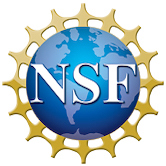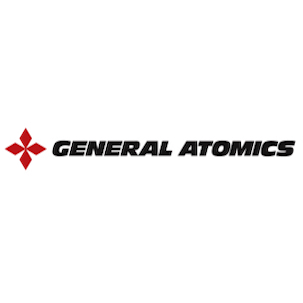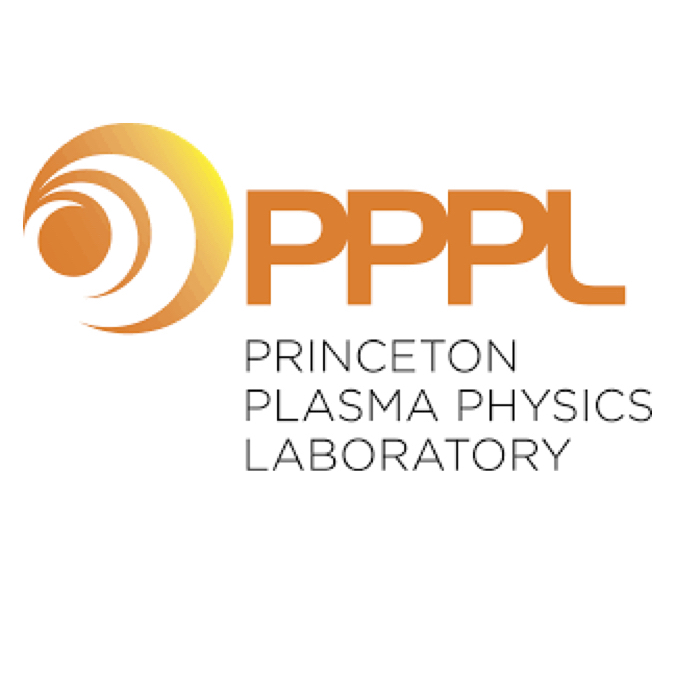Plasma Profile Prediction in NSTX Discharges Using the Updated Multi-Mode Anomalous Transport Module
T. Rafiq, C. Wilson, C.F. Clauser, E. Schuster, J. Weiland, J. Anderson, S. Kaye, A. Pankin, B. LeBlanc, R. Bell
29th IAEA Fusion Energy Conference
London, UK, October 16-21, 2023
|
Abstract
|

|
The objective of this study is twofold: firstly, to demonstrate the consistency between the anomalous transport re-
sults produced by updated Multi-Mode Model (MMM) version 9.1 and those obtained through gyrokinetic simulations; and
secondly, to showcase MMM’s ability to predict electron and ion temperature profiles in low aspect ratio, high beta NSTX
discharges. MMM encompasses a range of transport mechanisms driven by electron and ion temperature gradients, trapped
electrons, kinetic ballooning, peeling, microtearing, and drift resistive inertial ballooning modes. These modes within MMM
are being verified through corresponding gyrokinetic results. The modes that potentially contribute to ion thermal transport are
stable in MMM, aligning with both experimental data and findings from linear CGYRO simulations. The isotope effects on
these modes are also studied and found to be stabilizing, consistent with the experimental trend. The electron thermal power
across the flux surface is computed within MMM and compared to experimental measurements and nonlinear CGYRO sim-
ulation results. Specifically, the electron temperature gradient modes (ETGM) within MMM account for 2.0 MW of thermal
power, consistent with experimental findings. It is noteworthy that the ETGM model requires approximately 5.0 ms of compu-
tation time on a standard desktop, while nonlinear CGYRO simulations necessitate 8.0 hours on 8 K cores. MMM proves to
be highly computationally efficient, a crucial attribute for various applications, including real-time control, tokamak scenario
optimization, and uncertainty quantification of experimental data.








